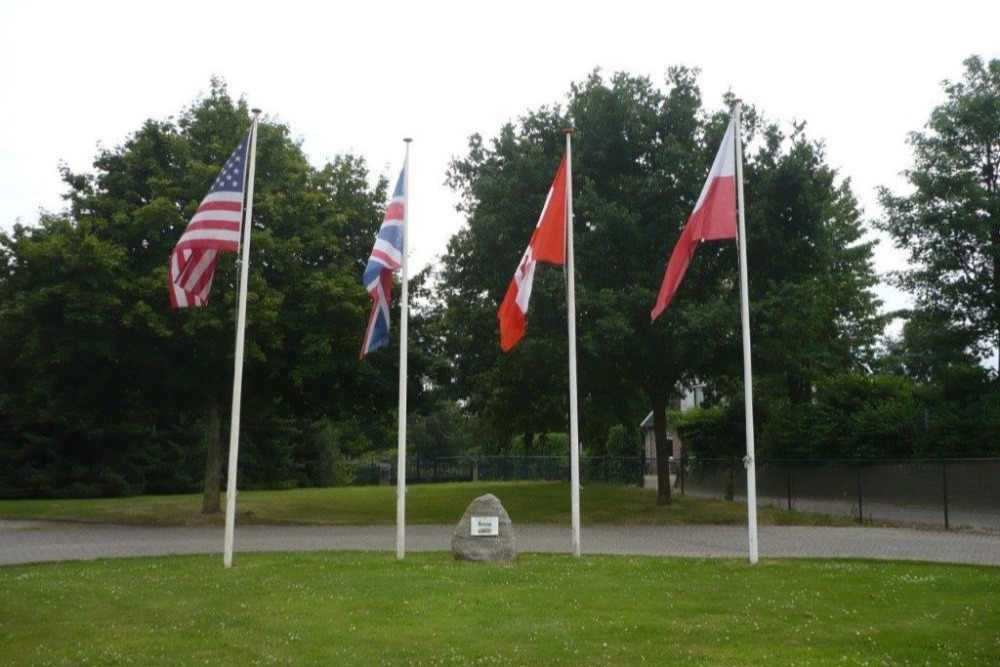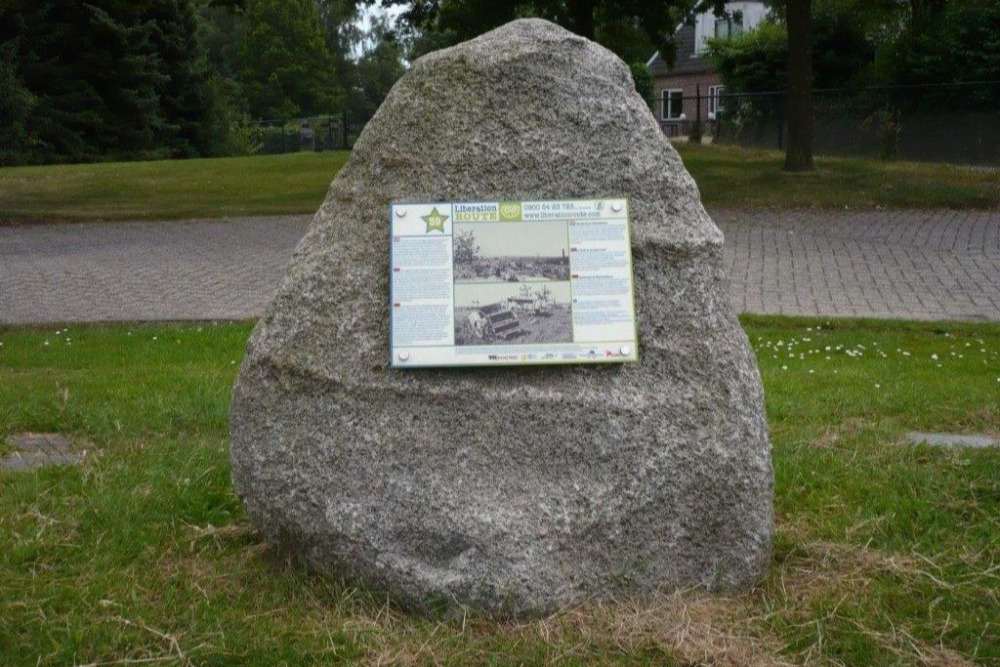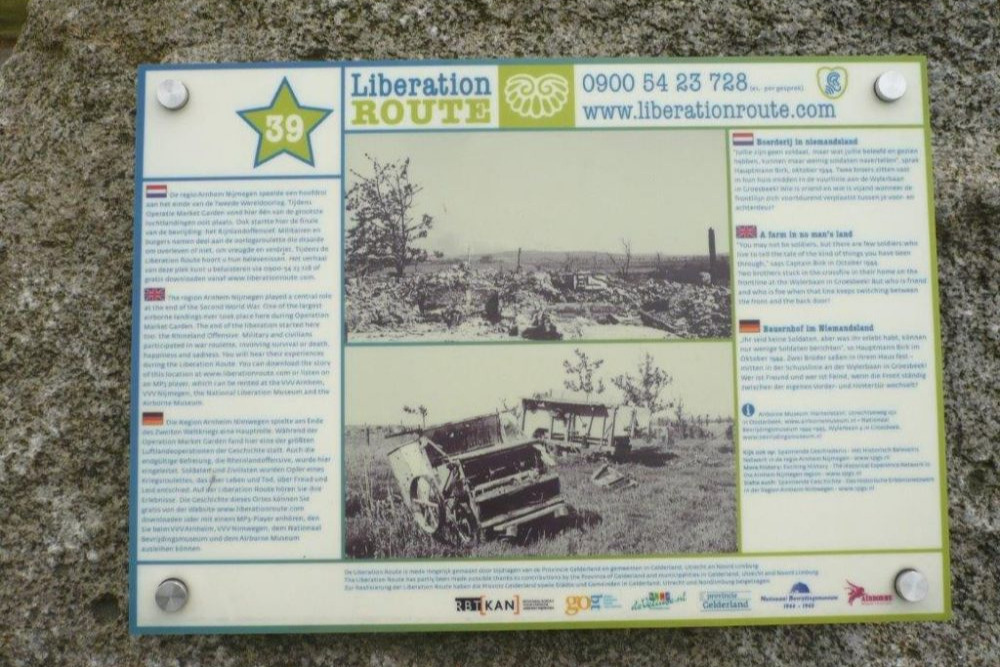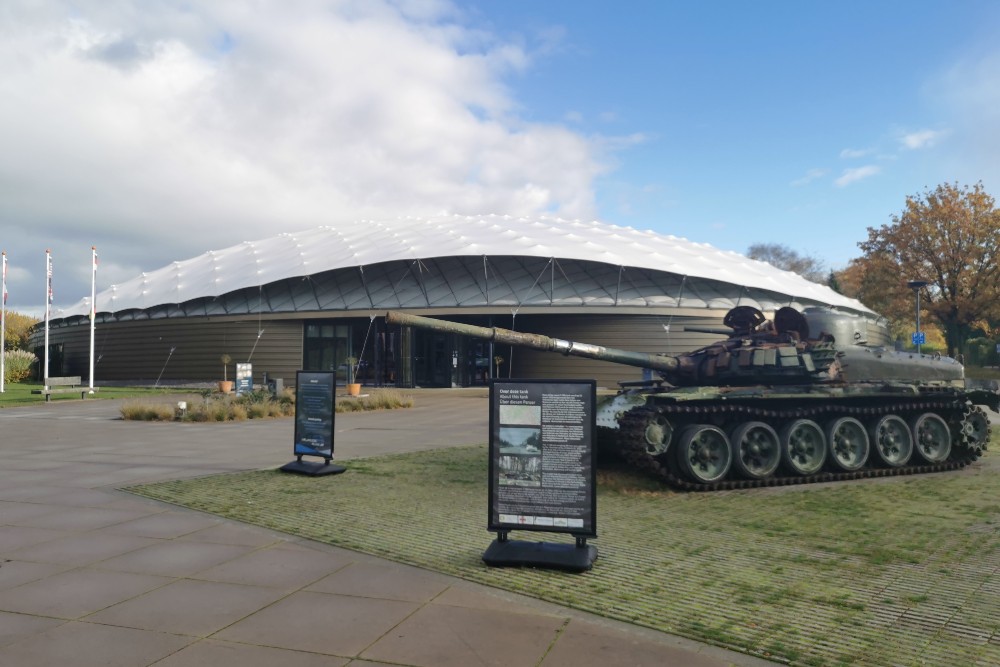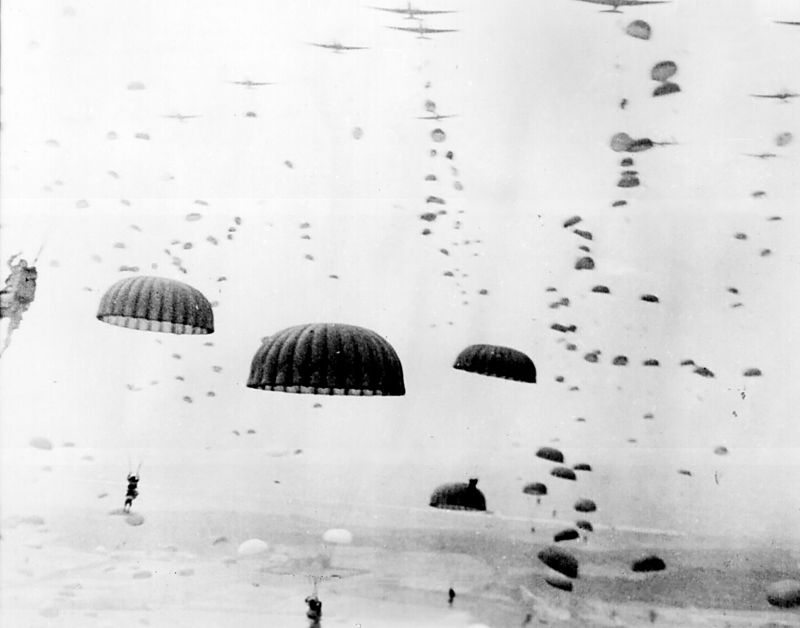Liberation Route Marker 039: A farm in No man's land
A farm in No man's land
Autumn 1944: also known as the 'frontline period'. The immense American air landings of Operation Market Garden had meant the liberation of Groesbeek but by October, fierce German counterattacks had led to the evacuation of the village. Some of the villagers had to stay behind, like the Janssen brothers whose house on Wylerbaan Road found itself right on the frontline. This is an unbelievable yet true story about what happened to the two brothers.
17th September 1944 saw the start of Operation Market Garden and, with it, the Battle of Arnhem. The Allies lost this battle, but the area around the city of Nijmegen was liberated, and the struggle for the city itself was won on 20th September 1944. However, for six long months, Nijmegen and the surrounding area subsequently found itself on the frontline and under continuous attack from German bombs and grenades.
Likewise, despite having been liberated on 17th September 1944, the area around Groesbeek soon became the target of terrible attacks from Kleve and the German Reischswald. Throughout the autumn of 1944, a total of 30,000 people were evacuated from Groesbeek and the surrounding villages. A farm in no man's land is a story about what happened at Groenendaal Farm on Wylerbaan Road.
During the long winter of 1944-1945, the frontline barely moved from its position between the Maas and Rhine rivers, extending from Mook, through Groesbeek and Wyler on to Erlecom. Then finally, on 8th February 1945, Operation Veritable made a dramatic push that would ultimately result in the liberation of The Netherlands and western Europe. The mammoth Rineland Offensive had begun, and it started in Nijmegen.
Audiospot - A farm in No man's land
Liberation Route Europe is a certified Cultural Route of the Council of Europe. With hundreds of sites and stories in nine European countries, the route links the main regions along the advance of the Allied Forces in 1943-1945.
The entire route consists of themed routes that can be travelled by by hiking, walking, cycling and car. These routes pass numerous historical and interesting sites and tell stories from a multitude of perspectives that were important in the final phase of World War II.
Many routes feature listening spots, offering the opportunity to listen to a historical story at a location. In addition, many ‘Vectors of Memory’ have been placed, indicating that the passer-by is on one of the Liberation Routes.
The routes can be found on the Liberation Route Europe website or in the app through which many stories can also be listened to.
Do you have more information about this location? Inform us!
Source
- Text: TracesOfWar & Liberation Route Europe
- Photos: Arie van Wijngaarden
Nearby
Museum
Point of interest
- Villa Vogelsangh Groesbeek - Groesbeek
- Information Sign former Monestary Mariendaal Groesbeek - Groesbeek
- Concrete Practice Bomb Kerkstraat - Groesbeek
Monument
- M4A1(75) Grizzly Tank "Robin Hood" (Sherwood Rangers Memorial) - Groesbeek
- Vector of Memory: Freedom Museum - Groesbeek
- Memorialpark Canada-The Netherlands - Groesbeek
Cemetery
- Dutch War Graves Dutch Reformed Churchyard Groesbeek - Groesbeek
- Groesbeek Memorial Canadian War Cemetery Groesbeek - Groesbeek
- Canadian War Cemetery Groesbeek - Groesbeek
Remembrance Stone
- Stumbling Stone Rijksweg 173 - Mook
- Stumbling Stone Rijksweg 128 - Mook
- Stolpersteine De Hove 13 / 15 (former A 59) - Mook
Fortification
- Trenches on Pyramid Hill - Milsbeek
- Maas-line - Casemate 115S - Katwijk (Cuijk)
- Maas-line - River Casemate South - Katwijk (Cuijk)
